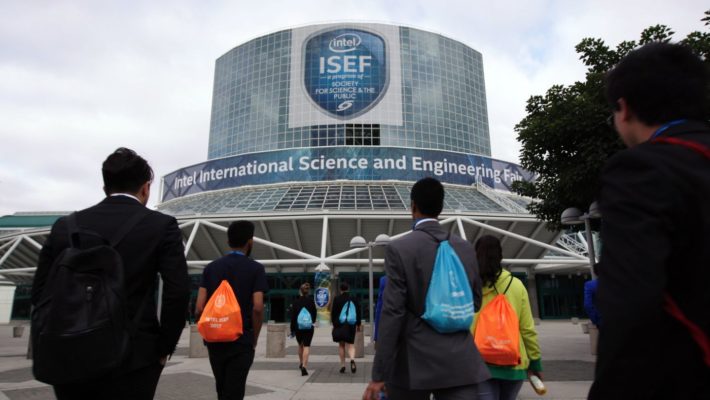The Los Angeles Convention Center has long been derided as a money-losing white elephant. It’s too small, too old and its exhibition space too disjointed to attract big, high-value events. The drab complex is a dead spot in the otherwise booming neighborhood around LA Live.
Now, the Anschutz Entertainment Group has come up with a proposal that it claims will turn the publicly owned white elephant into a privately managed show horse.
AEG, which currently manages the convention center and owns Staples Center and LA Live next door, has pitched a $1.2-billion project to expand the convention center, add a park and build a new 850-room hotel, complete with the city’s largest ballroom.
Los Angeles has so far proven unable to effectively run the convention center itself.
Of course, there’s a catch. AEG says the project – both the convention center expansion and hotel – would not be possible without a public subsidy. The company is asking that it be allowed to keep some or all of the occupancy taxes generated by the new hotel over the next decade, which would be worth about $167 million. AEG says the public assistance is necessary to make the hotel project pencil out, and the company won’t move forward with the convention center overhaul without the 38-story hotel.
Is this project worth the tax break? Maybe. Probably. There is rarely a satisfying answer to that question.
Since 2005, Los Angeles leaders have approved more than $1 billion in breaks for hotels and other development. The argument from council members and downtown boosters is that the area needs 8,000 hotel rooms within walking distance of the convention center to attract more events to the city-owned facility. More and larger events would bring more business to restaurants, retailers and other enterprises in L.A., and as a result create more jobs and generate more sales tax revenue.
Yet there’s been little discussion of whether such tax breaks are necessary to entice developers to invest in L.A., or any significant analysis of whether the incentives handed out thus far have yielded the promised economic benefits. Are they corporate giveaways or essential drivers of economic development, or something in between? Nobody really knows.
“To me, it’s one of the countless uncertain rolls of dice that we do to generate revenue to run a big city in an uncertain economy,” Councilman Mike Bonin lamented during a committee discussion on the proposal.
In this case, AEG’s request for a tax break seems more justifiable than others because the hotel is part of larger public-private partnership that will reconfigure the ill-shaped convention center and actually deliver on the promise of more conventions and tourist dollars. The hotel would also help the city reach the desired 8,000 rooms near the convention center.
AEG has been a good partner. Since it took over management of the convention center in 2013, the facility finally started to earn a profit for the city.
Under the proposal, AEG and Plenary Group, a Los Angeles-based infrastructure development company, would design, build, finance, operate and maintain the still publicly owned convention center. The companies would bear the risk of construction cost overruns and be responsible for keeping the convention center in good condition going forward. In exchange, the city would make an annual payment to AEG and Plenary to run the convention center. (The amount will depend on the scope of the project.)
This public-private partnership model is worth pursuing. Los Angeles has so far proven unable to effectively run the convention center itself. The center was outdated shortly after it was built, and a $500-million expansion in the 1990s that was supposed to pay for itself in tourism dollars did not. The city has to renovate the convention center, and it makes sense to have the private sector help do it.
Yet, even as L.A. leaders move forward on a shiny new convention center and another $100-million-plus hotel tax break, they need to recognize that there is a convention center arms race. Other cities are already planning even larger, shinier convention spaces and more and more hotel rooms.
The risk is that Los Angeles, in a bid to lure bigger events, will transform its lackluster convention center into a money pit — that Los Angeles would need to go bigger again and again to keep up with Anaheim and San Diego, and would need more tax breaks to lure more hotels. City officials need to make clear where the subsidies end.

